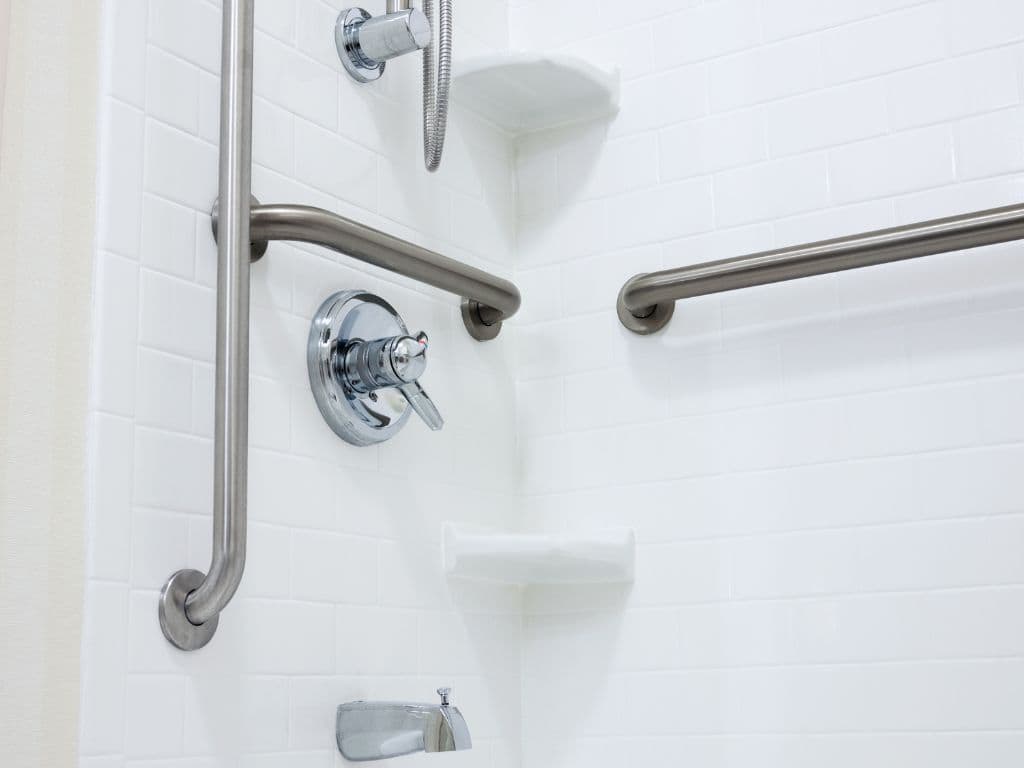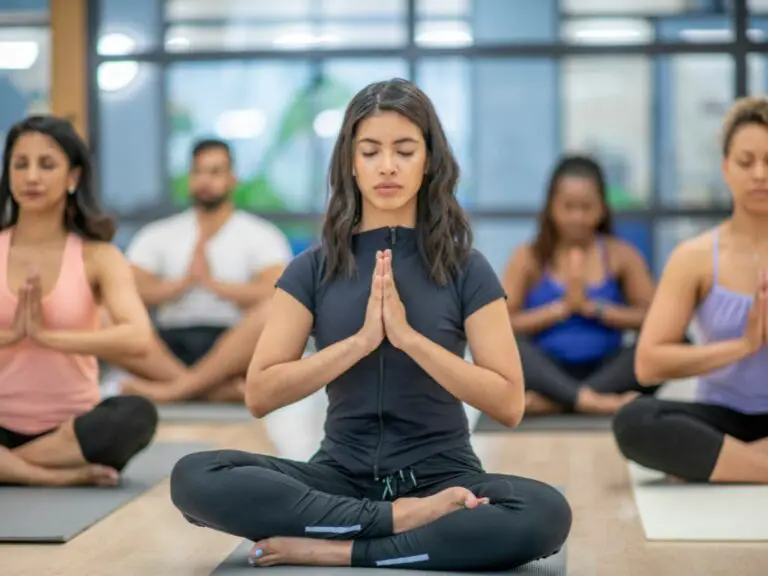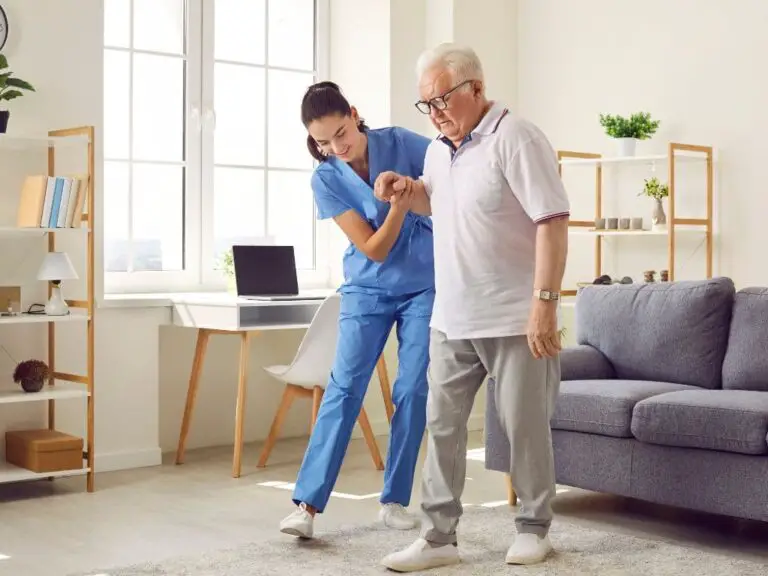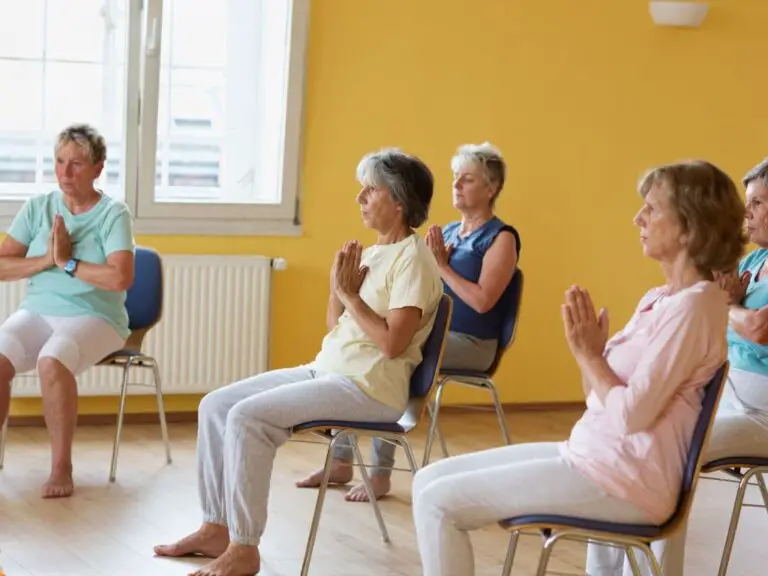Shower Fall Prevention for Seniors: Tips to Keep Your Loved Ones Safe
Falls are a significant cause of injury for older adults. A fall is defined as an unexpected event where a person loses their balance and lands on the ground or lower level. Falls can happen anywhere in the home, but the bathroom is one of the most dangerous locations due to its slick and wet surfaces.
For seniors, falls in the shower can have devastating consequences such as broken bones, head injuries, and even death. However, there are ways to make showers safer and prevent hazardous falls. This article will discuss why seniors are prone to falling, provide tips on fall-proofing bathrooms, suggest exercises to improve strength and balance, and list resources for further fall prevention information.

What is a fall?
As mentioned above, a fall occurs when a person unexpectedly loses their balance and descends rapidly onto the floor, ground or other lower level. This can result from slipping, tripping, loss of strength in the legs, or other reasons. Falls are especially dangerous for older adults because they are more likely to break bones when falling due to weaker bones from osteoporosis.
Why are falls so common in seniors?
There are several reasons why seniors are more prone to falling compared to younger adults. Statics say that one out of five falls causes a serious injury such as broken bones or a head injury.
- Age-related changes: As we age, our muscles become weaker, our bones become more brittle, and our reflexes slow down. These natural changes affect balance and mobility, making falls more likely.
- Chronic health conditions: Seniors are more likely to have conditions like arthritis, diabetes, Parkinson’s disease, and circulation problems that can impair balance and coordination.
- Medications: Many prescription and over-the-counter medicines can cause dizziness, drowsiness or low blood pressure, all of which make falls more likely.
- Vision and hearing impairments: Not being able to fully see or hear surroundings makes tripping and loss of balance more likely.
- Cognitive impairment: Dementia, Alzheimer’s disease and other cognitive issues can affect judgement, reaction time, and awareness of hazards.
What are the risks of a fall?
Falls can lead to serious injuries and complications:
- Bone fractures, especially hip fractures
- Head trauma, bleeding and hematomas
- Limited mobility after the fall due to fear of falling again
- Hospitalization, surgery, and rehabilitation
- Loss of independence
- Death in some cases
Falls are the leading cause of injury deaths among seniors. Even falls without major injury can result in fear of falling again, leading to reduced activity and mobility. Lack of movement after a fall can then result in blood clots, pneumonia and other medical problems.
What can be done to prevent falls?
The good news is that many falls can be prevented by taking some precautions. Things like exercise, home modifications, regular vision checks, medication reviews and medical assessments can all help reduce fall risk factors.
This article will now examine tips and strategies specifically focused on making showers and bathrooms safer for seniors. Minor adjustments like grab bars, shower chairs and improved lighting can make a big difference in preventing hazardous slips and falls.
Risk Factors for Falls in Seniors
Before getting into specific bathroom safety tips, it’s helpful to understand why seniors are prone to falls in the first place. As mentioned earlier, there are several major risk factors that make falls more likely for older adults. Being aware of these risks can help you take appropriate precautions.
Age-related changes
Natural age-related changes affect our balance, strength, coordination and mobility. Key physical changes include:
- Weaker muscles: Muscles shrink and lose mass as we age. Our legs are particularly affected. Weak leg muscles make it harder to get up from chairs, climb stairs and maintain balance.
- Stiffer joints: Arthritis causes swelling and stiffness in joints, especially the hips and knees. This reduces flexibility and range of motion.
- Reduced balance: The inner ear loses some function with age. This negatively affects the sense of balance.
- Slower reflexes: Reaction time slows down, making it harder to catch ourselves from falling.
- Compromised vision: Eyesight changes related to cataracts, glaucoma, macular degeneration and more can increase fall risk.
- Osteoporosis: Thinning bones from osteoporosis make fractures more likely if a fall occurs.
Medications
Many common medicines taken by seniors can sometimes cause dizziness, drowsiness or low blood pressure:
- Blood pressure medications
- Heart medications
- Diuretics
- Anti-anxiety meds
- Antidepressants
- Sleeping pills
- Narcotic pain relievers
Reviewing medications with a doctor or pharmacist can identify any fall risk and potentially substitute a safer alternative medication.
Vision and hearing impairments
Not being able to fully see or hear hazards and obstacles makes seniors more prone to falls.
Common age-related vision issues include:
- Cataracts: Clouded lenses causing blurry, hazy vision
- Glaucoma: Damage to the optic nerve
- Macular degeneration: Loss of central vision
- Diabetic retinopathy: Retina damage from diabetes
Hearing loss from aging makes it harder for seniors to hear warnings or sense environmental hazards. Background noise makes hearing even more difficult.
Cognitive impairment
Dementia, Alzheimer’s disease and other age-related cognitive decline can impair judgement, reaction time, and awareness of hazards. Wandering, particularity at night, also increases fall risk.
Tips for Fall-Proofing Your Bathroom
The bathroom presents many fall hazards. Here are tips to make bathrooms safer:
Install grab bars
Grab bars provide stability when lowering down to or getting up from the toilet. They also give support when getting in and out of the tub/shower.
- Place bars near toilets, tubs and showers
- Bars should be 1 to 1.5 inches in diameter (width) for best grip
- Attach bars securely to studs in wall, not just to drywall
- Position bars at a height that suits the person’s needs
Use non-slip mats
Non-slip rubber mats provide traction on slick surfaces when wet.
- Place mats inside and outside showers/tubs
- Use mats near sinks and toilets
- Apply non-slip tape strips to floors if mats won’t stay in place
Raise the toilet seat
Using a raised toilet seat reduces the distance needed to sit down or get up from the toilet.
- Raised seats make it easier for those with knee or hip problems
- Make sure raised seats are securely attached to toilet bowl
Install a shower chair
Shower chairs allow safe sitting while bathing.
- Choose a sturdy plastic chair with non-slip rubber tips
- Adjust the height as needed
- Consider a model with arms for extra support and stability
Remove clutter
De-cluttering bathrooms removes tripping hazards.
- Pick up objects on floors
- Organize toiletries in one area
- Store towels/supplies in easy-to-reach areas
Improve lighting
Good lighting lets hazards be seen more easily.
- Use highest wattage bulbs allowed for fixtures
- Night lights aid visibility in dark bathrooms
- Consider motion-activated lights that turn on with movement
Exercises to Improve Balance and Strength in Seniors
Along with safety modifications, exercise is vital for fall prevention. Exercises improve strength, balance, coordination and flexibility – all important for stability.
Consult a doctor before starting any new exercise routine. They can recommend appropriate programs based on individual medical conditions. Here are some excellent exercise options for seniors:
Tai Chi
Tai chi involves slow, focused movements paired with deep breathing. It improves balance, muscle strength, and posture. Studies show tai chi helps prevent falls.
Water workouts
Exercising in a pool offers an ideal way to improve strength and balance without stress and strain on joints. Water provides resistance during movements.
Walking
Walking helps maintain strength in the lower body – especially important for stability. Use trekking poles or walking sticks as needed for extra support.
Strength training
Lifting light weights helps maintain and build muscle mass. Stronger muscles result in better balance and mobility. Focus on arms and legs.
How to Talk to Your Doctor About Fall Prevention
Doctors play an essential role in assessing fall risks and identifying ways to prevent falls. Bring up this important issue at your next checkup.
What questions should you ask your doctor?
- Could any of my medications make me dizzy or unsteady?
- Do I have any medical conditions that might affect my balance or mobility?
- Should I switch to a cane or walker for more stability?
- Would physical therapy help improve my strength and balance?
- Are there any vision or hearing issues I should address?
What can your doctor do to help you prevent falls?
- Review all medications and alter as needed
- Check orthostatic blood pressure (blood pressure while lying down vs. standing)
- Assess muscle strength, balance, vision, feet, and nerve function
- Recommend exercise programs and assistive devices
- Manage heart arrhythmias, vertigo, and conditions causing dizziness
- Coordinate care with physical therapists
- Refer to other specialists like audiologists, ophthalmologists if needed
Conclusion
Falls present a serious danger to seniors, especially in showers and bathrooms. However, there are many proven ways to reduce risks and prevent hazardous falls. These include:
- Installing grab bars, shower chairs, improved lighting and other modifications
- Removing tripping hazards by de-cluttering
- Having regular vision checks and treating any issues
- Consulting doctors about minimizing risky medications
- Doing balance and strength exercises like tai chi
- Educating oneself using resources from groups like the CDC and NCOA
The tips in this article can help guide you in keeping bathrooms safe. Protect your senior loved ones by taking proactive steps to prevent falls. With some planning and adjustments, their showers can become a place of relaxation instead of potential danger.







